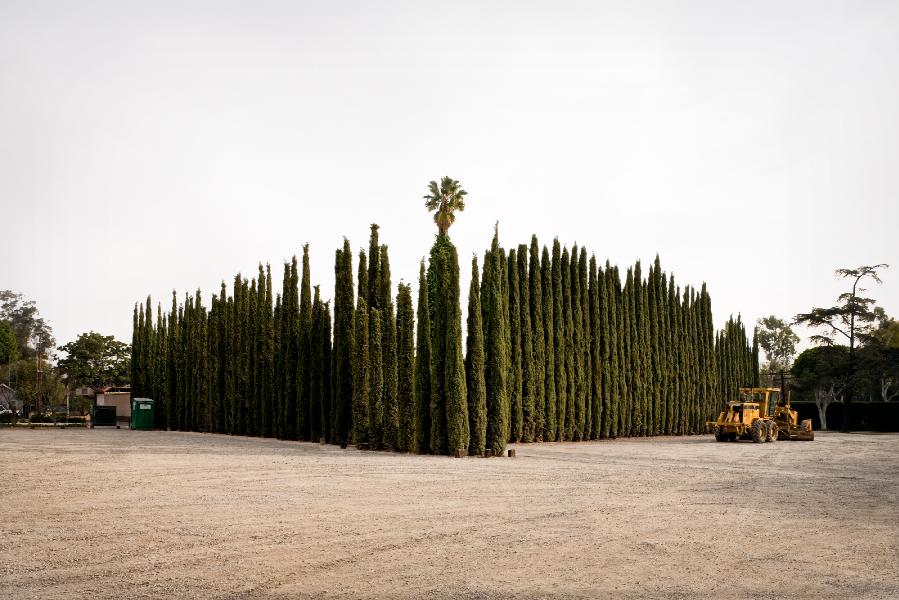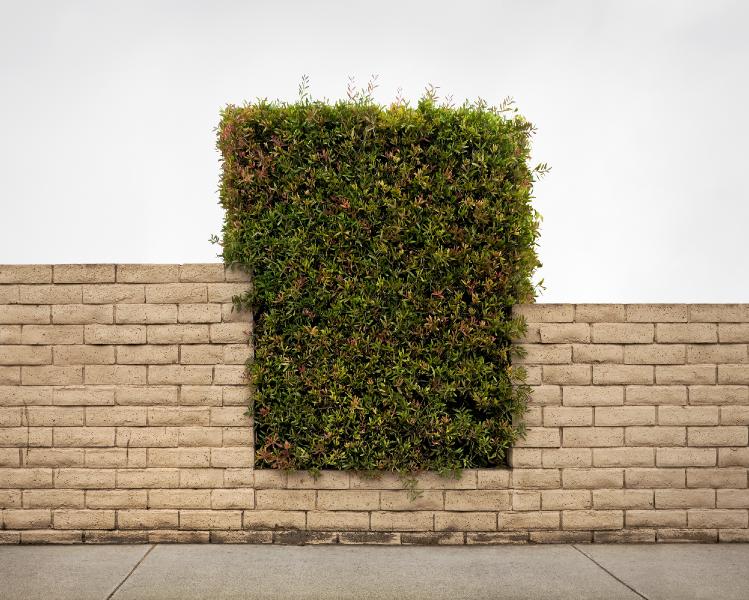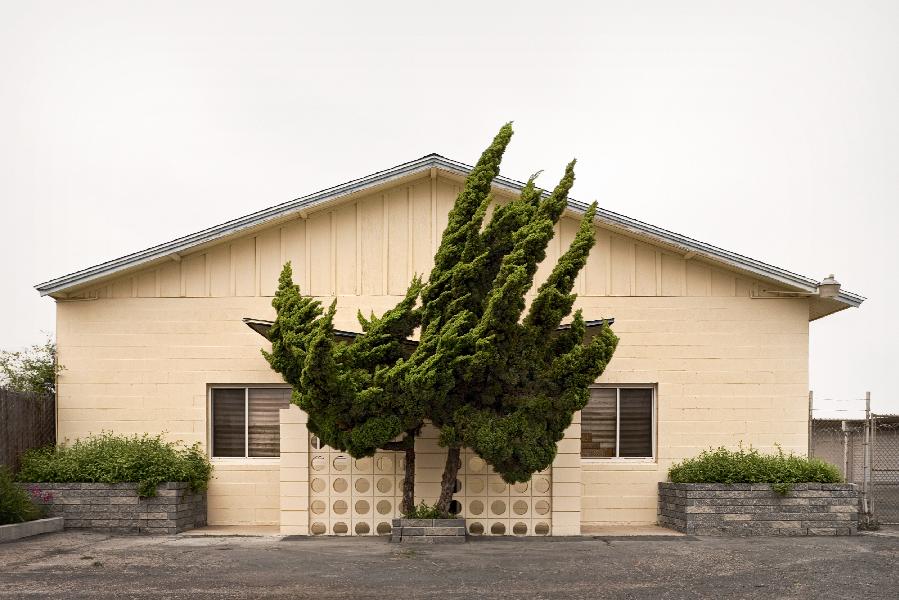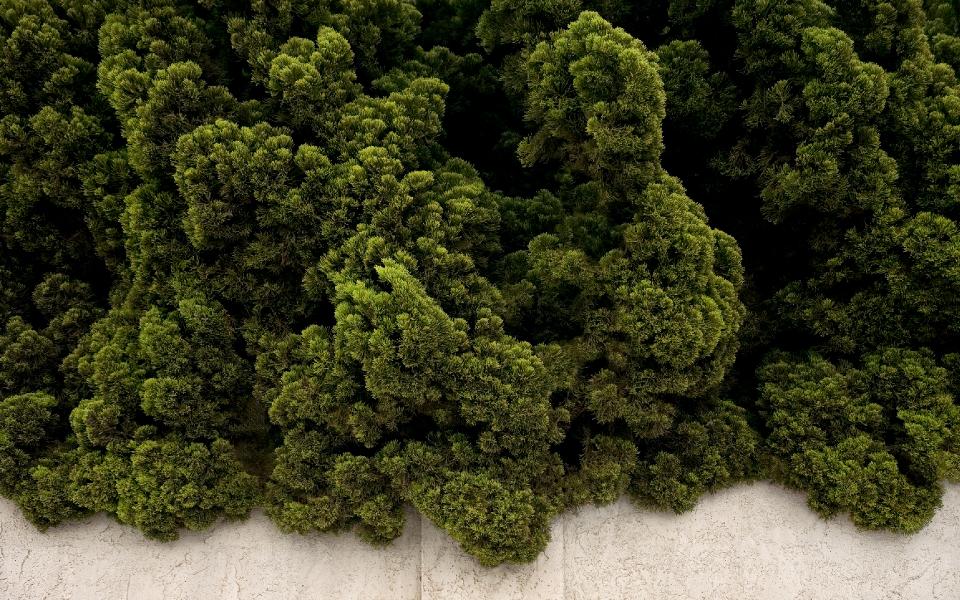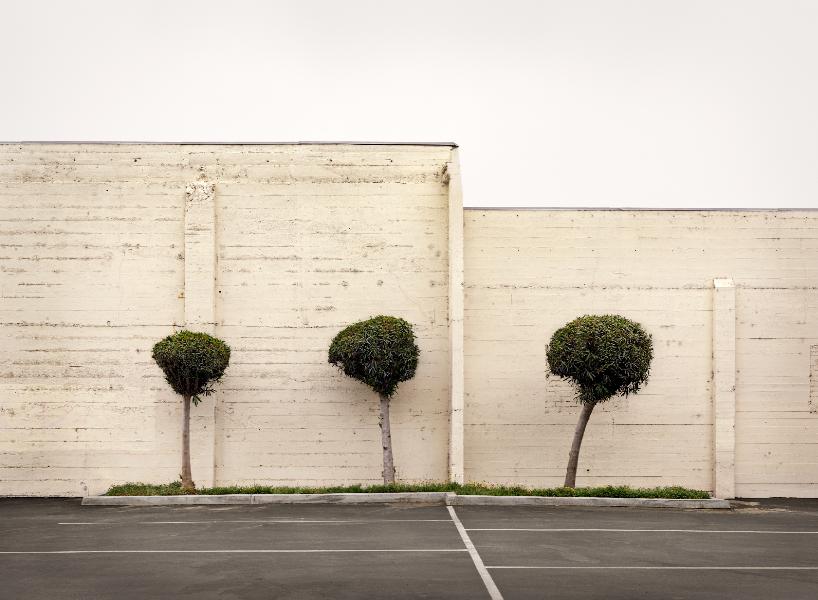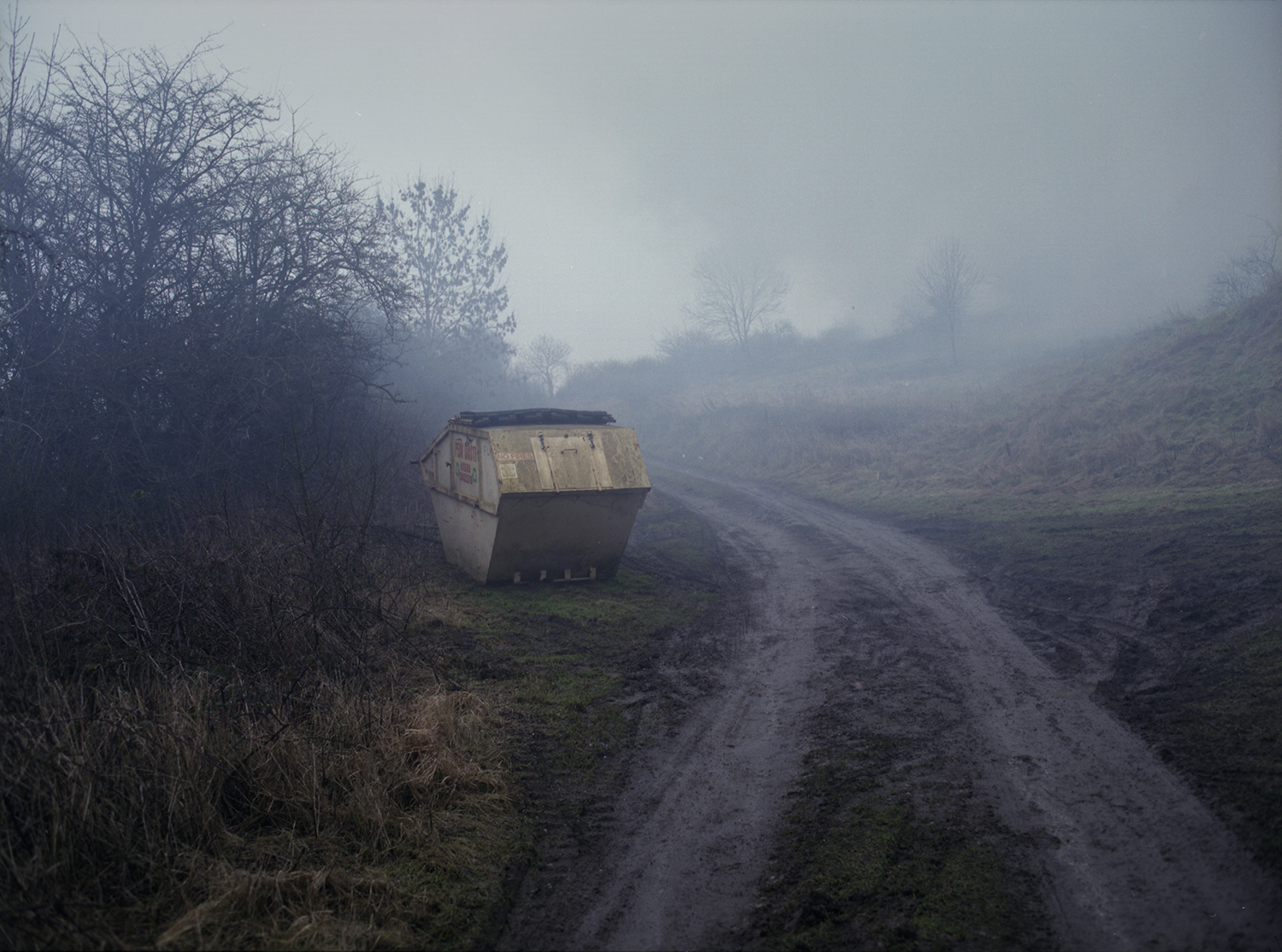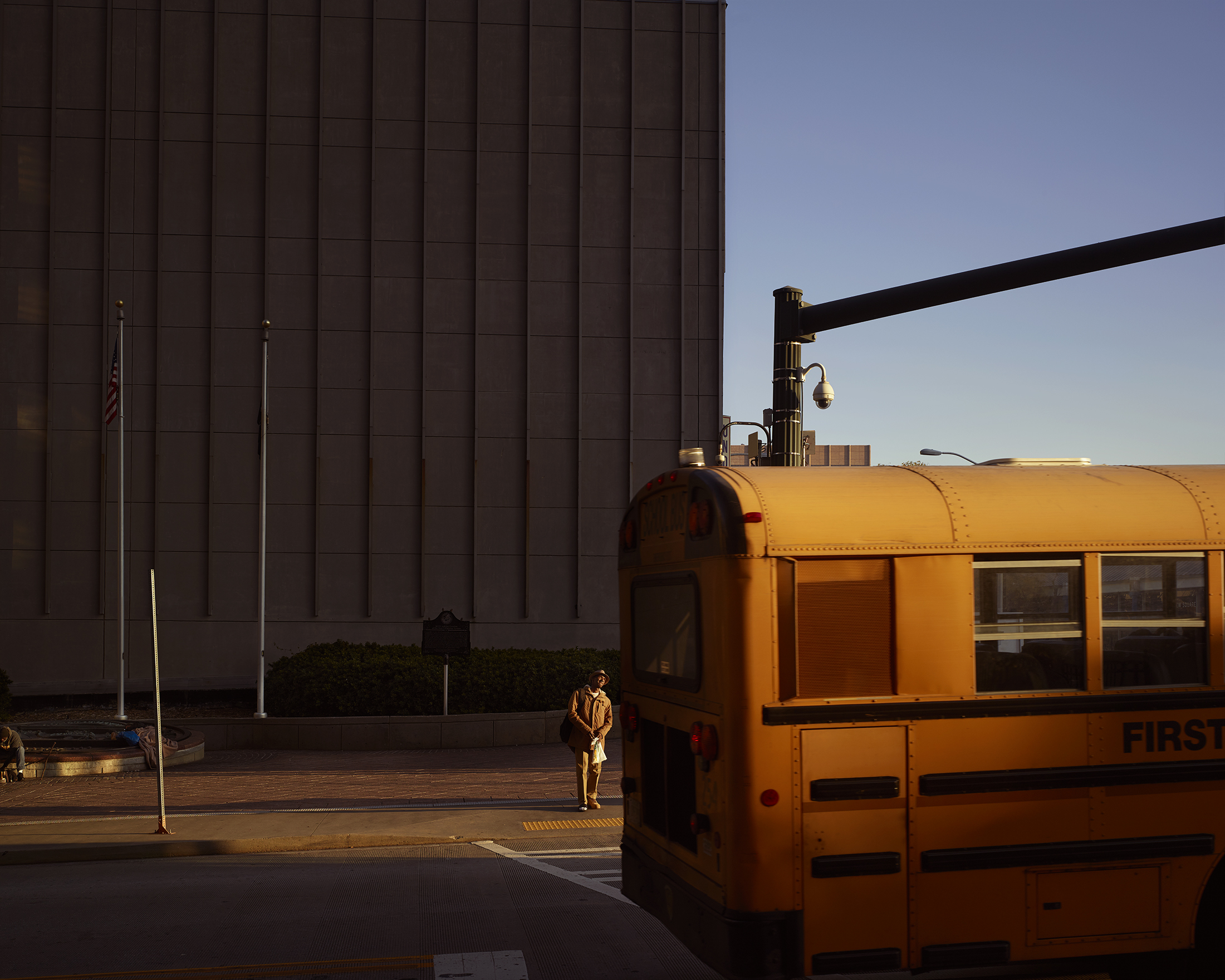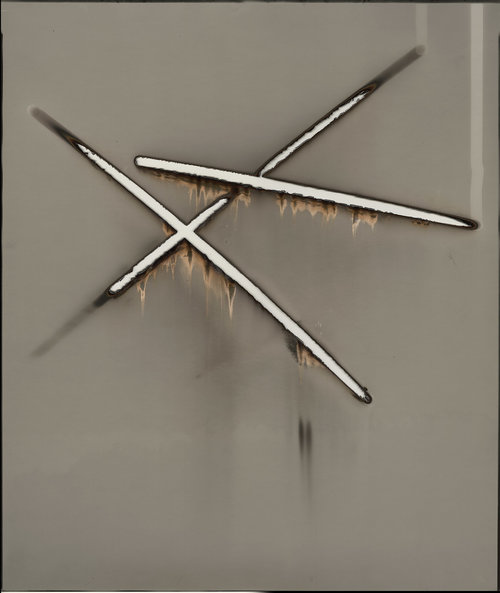Letha Wilson's work is part sculpture, part photography, and I love how each plays just as important a role in her pieces.
Ibarionex Perello
When looking for photographic inspiration, I rarely used to turn to street photography. Not because I dislike or disliked the genre, as a viewer, but mostly because I'm not attracted to making those kinds of images, so I (to my detriment) tended to not seek out those images.
Ibarionex Perello puts out a podcast, titled The Candid Frame, and I've been a listener for years and years. When I first started listening, circa 2008 (the podcast has run since February 2006), it seemed like nearly all of his guests were street photographers, or portrait photographers, and I let my disinterest in making street photography or portraits get in the way and I skipped so many of those early episodes. But eventually I got over myself, and regularly turn to Ibarionex and other street photographers, either actively, or passively, and for the past seven or eight years haven't missed an episode.
Ibarionex is one of the best interviewers I've known, up there with the likes of Charlie Rose. Each episode is so inspiring and it's great to learn from all of the wonderful artists he has on the show.
But, enough about the podcast, and lets get into some photographs!
In addition to being a fantastic interviewer, Ibarionex makes excellent street and portrait photography. He talks a lot about gesture, and uses that element (something that took me a while to comprehend in the images where there aren't any people—I always connected gesture to sentient beings, mostly humans) masterfully to create impact within an image.
Ibarionex has such wonderful sensitivity to light and shadow, and attention to shape, and line.
Ibarionex is quite a prolific photographer and has enough images to keep you busy for hours. Go check it all out on his website, and subscribe to The Candid Frame podcast while you're at it, and then follow him on Instagram!
Bill Wadman
A few weeks ago, I mentioned the podcast On Taking Pictures in my post on Jeffery Saddoris. Bill Wadman, was the other host of that podcast, and is the subject of today's post.
Bill is a portrait photographer, and makes truly excellent work. His Motion body of work is my favorite, having a personal history in ballet. Instead of freezing the dancers in motion, he photographed them in a way that captures their whole movement, blurring their arms, and legs, and bodies, and the images are just lovely.
Ryan Parker
Ryan Parker's Hinterland series explores the intermediate zones between the altered and natural landscape: distribution centers, storage complexes, real estate developments, gravel pits. These images bring to our attention and elevate those scenes we see so often yet disregard as unimportant, and by so doing makes us confront our role in the disappearances of so much of the natural landscape in order to satiate society's hunger for "bigger" and "better" and our need to have more and have it now.
Rebecca Sexton Larson
This one is for the photo historians/family historians/found photograph enthusiasts. Rebecca Sexton Larson's work has a foot in just about every aspect of the medium of photography, as well as other artistic media. Rebecca uses pinhole cameras, the bromoil process, salt prints, found photographs (which she alters), digital negatives, and hand-painting techniques to create images that range from whimsical, to surreal, to sublime.
Jeffery Saddoris
Several years ago I was searching for more photography podcasts that didn't focus so heavily on gear or technique, but philosophy and the creative and even theoretical side of the medium, and found On Taking Pictures, a podcast by Bill Wadman and Jeffery Saddoris. It wasn't purely philosophy and theory; they sometimes discussed gear, but in a different way than others I came across. Those discussions were always in the context of the camera being a tool and whether a certain camera or lens or light was the best tool to use to achieve their desired result. It was full of intelligent and thoughtful and thought-provoking discussion, and at times it felt like I was again part of a graduate program. That particular podcast has now been over for a few years now, but Jeffery has continued podcasting, producing three regular podcasts: Process Driven, In Between, and Iterations. You can subscribe to their individual feeds, or subscribe to Jeffery's Everything feed, where you'll get all three as they become available.
Jeffery himself is more a painter than a photographer, and in his latest work, Grid Variations, vol. 1, he made several 6"x6" square pieces that can all be organized and arranged at random, and the possible combinations are endless. It's fun to view the work on his website and imagine different groupings and find how each piece relates to the body of work as whole, but also how they relate to the ones adjacent to it, and those throughout the whole project.
In The New Propaganda, Jeffery uses collage and elements of traditional propaganda to "communicate larger messages and ideas."
Scott B. Davis
Scott B. Davis's recent work pushes landscape photography and the platinum/palladium process in very intriguing ways. He carefully and meticulously creates panoramic diptychs in camera, making pairs of paper negatives and film-based platinum/palladium prints.
Scott has a unique talent in exploiting the view camera's property of displaying the world upside down and backwards; instead of re-inverting the image shown on the ground glass, he composes the image as if it's already oriented correctly, and then further expands the composition by exactly matching horizon lines to create a new panorama. In these images, details aren't important—light and shadow are. The images aren't so much about the land or landscape as they are about space and abstraction.
Scott has a book coming out soon by Radius Books. You can purchase a copy here.
Michael Sherwin
Welcome to the first post of 52 Photographers Vol. 3! This inaugural post features the work of Michael Sherwin, based in West Virginia. For nine years, Michael worked in the American West, during which time he completed a large body of work titled Vanishing Points.
The project sprang out of a photograph Michael made of a local shopping center, the Suncrest Towne Center, in his neighborhood which had been built over an ancient burial ground of the Monongahela tribe. At the time, he had no expectations that much would come out of it, but as time went on, he learned more about the Native history in the area and greater region and eventually a project began to be manifested.
This important body of work confronts the viewer with some of the darker parts of America's past. The respect, and reverence, and sometimes lamentation Michael has for these places is evident in the photographs. The technical and formal beauty of the photographs draw the viewer in, while the content of the images, or the history of the scenes depicted therein can be quite grim, a duality Michael often attempts to achieve. He mentions this concept of duality in a few interviews: the one previously mentioned, and specifically in the case of the Suncrest Towne Center:
In a relatively short period of time, the Suncrest Towne Center grew into a bustling shopping center complete with all the usual, and recognizable, storefronts and signage. It was anywhere America, yet at the same time it held on to a mysterious and spiritually significant past. This duality fascinated me.
52 Photographers, vol. 3
I’ve been on the fence about starting 52 Photographers back up for another volume for a couple of months, and today I decided to do it. In all honesty, I thought about it back in December to run for the entire calendar year of 2021, but I never acted, and I really don’t want to wait until 2022 to run another volume. Now’s the time. I need the purposeful focus on the work of other artists that has come from past series of blog posts here.
Beginning early-June, I’ll begin Volume 3 of 52 Photographers. Come along with me on this new journey of discovery and reacquaintance!
Brad Moore
Brad Moore has a minimalist compositional style I really quite like.
Pay a visit to Brad’s website to see more of his work.
Aida Muluneh
In her body of work titled The World is 9, Aïda Muluneh creates wonderful portraits inspired traditional African body art. In this series, she explores “whether we can live in this world with full contentment.”
Go visit Aïda’s website and view more of her wonderful work.
Karen Klinedinst
These images are photographs! Not paintings from one of the Hudson River School of painters! And I really love the painterly style in Karen Klinedinst’s body of work, The Emotional Landscape.
It’s worth checking out the rest of Karen’s work on her website.
Al Brydon
Al Brydon’s work has some really great mood and atmosphere.
When I first saw his work, it was like a light lit up in my head. Viewing his work has given me new permissions in my own work that I’d never really had, or known existed before.
View more of Al’s work on his website.
Teresa Meier
Love at fist sight is how I would describe my feeling when I first came across Teresa Meier’s work.
I love the stories her work tells!
Awakening
Hubris and Hamartia—Allies and Enemies
Flight
Waiting
Waiting recently won the Juror’s award in the Fictional Narrative exhibition at the Photo Place gallery in Vermont opening up December 6, and will be up until January 5. Waiting and Hubris and Hamartia also can both be seen at the Portland Art Museum Rental Sales Gallery.
If you can’t see her work in person at either gallery, grab your favorite beverage and go check out her website!
Robert & Shana ParkeHarrison
I’ve been a long-time admirer of the husband and wife duo Robert and Shana ParkeHarrison.
They’re work is conceptual, and centers around the “Every Man,” who interacts with the landscape and works tirelessly to repair the damage done by man’s insatiable desire for expansion and advancement.
Diana Bloomfield
I came across Diana Bloomfield on Instagram earlier this year, and have been quite fond of her work ever since.
For Diana, photographs and memories are inseparable. She often works with gum bichromate, as the process and it’s resulting softness add to the feeling of the photograph’s relationship to memory.
During this year, Diana has been working on creating a piece of art every day, and as part of that project, she has been photographing flowers from her garden, and I love these botanical portraits.
View more of Diana’s fabulous work on her website, and check out her Instagram feed!
Oli Kellett
I recently came to know about Oli Kellett through Jeffery Saddoris’s podcast, Process Driven (you can listen to that episode here).
Oli is a British street photographer who travels to the US to photograph. Each trip lasts 10 days, and are full of image making.
I really like his style. It’s not really what I think of when I hear “street photography,” and I think that’s why I like his work so much.
Oli somehow manages to capture just one person (or a few) in some of the largest cities in America, and that makes the city seem even more vast, like that person is being swallowed up by the brick, concrete, and pavement.
Susan Rankaitis
Susan Rankaitis has some beautiful work. She began as a painter, the sciences have been an influence on her work.
See more of her work on her website.
Marion Belanger
I came across Marion Belanger’s work some time ago, and I really like her aesthetic.
View more of Marion’s fantastic work on her website.
Chris McCaw
Chris McCaw has some really great work. His long exposures allow the sun to literally burn a trail into the paper loaded in the camera.
Visit his website to view more of his work.

